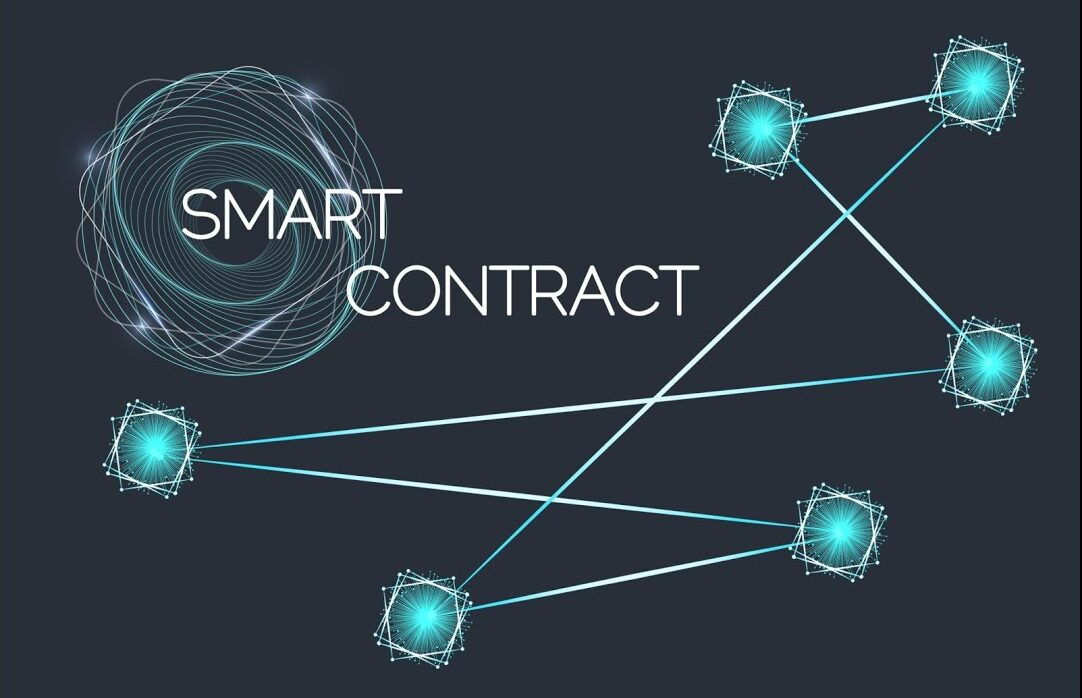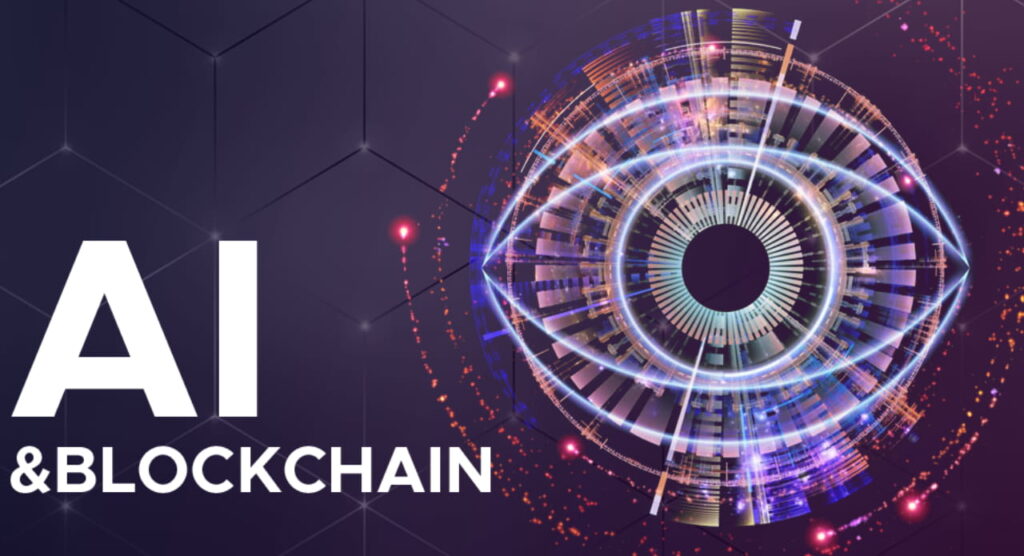The arrival of DeepSeek has expanded the possibilities for artificial intelligence on a relatively small budget. DeepSeek still suffers from many of the issues that have plagued other artificial intelligence models. The report includes erratic data inputs and a lack of transparency, despite its inventiveness.
In his paper “Harnessing AI Through Blockchain,” Joel Hugentobler, a Cryptocurrency Analyst at Javelin Strategy & Research, emphasises how blockchain might be the solution to these ongoing problems—and a strong basis for future AI breakthroughs.
Blockchain for Better AI
The inclination of present artificial intelligence systems to provide inaccurate or misleading information is a primary challenge. Limited data pools with set limits guide judgments made by centralised models. The well-known “black box” problem arises from data scientists’ often limited knowledge of how artificial intelligence arrives at its decisions. As artificial intelligence deals with complex factors, as it frequently does in financial decision-making, this issue becomes more pronounced.
Blockchain technology offers a decentralised, open platform that addresses issues through transparency. Its unchangeable records provide researchers complete access to data sources and methodologies of decision-making at every level. Blockchain, paired with open-source artificial intelligence models, enables distributed communities to monitor and improve performance, thereby removing single points of failure and enhancing dependability.
“Open source is the trend going forward, particularly coupled with blockchain,” Hugentobler remarked. It removes one point of failure and is more efficient. Moving away from a traditional AI model with if-then logic to a more dynamic approach that integrates blockchain advances and both technologies, enabling firms to utilise them for a broader range of applications.
AI-Enhanced Smart Contracts
Already providing automation in sectors such as finance, compliance, and customer verification, smart contracts—digital agreements on the blockchain that execute when predefined conditions are met—offer a combination of artificial intelligence and blockchain, thereby transforming the smart contract landscape.

Typical smart contracts run on straightforward if-then reasoning. If Apple’s stock, for instance, is less than $60, sell. By contrast, smart contracts improved by artificial intelligence examine more general elements, including trading volume and market mood. This permits more complex instructions, such as buying a stock if it exceeds its 52-week high with significant volume, or holding stock depending on predicted performance.
“With normal artificial intelligence, it’s like if Apple stock reaches $60, then sell,” Hugentobler said. Based on mood or volume, Apple stock is predicted to grow in a few months using a dynamic approach that combines blockchain and artificial intelligence, followed by a hold. Purchase Apple stock if it breaks above the 52-week high on more than usual volume. If it breaks $40 on higher-than-normal volume, sell instead.
AI Privacy and Blockchain
Although artificial intelligence has numerous transformative applications, concerns about data security and privacy have hindered its widespread adoption. DeepSeek, for instance, has previously been banned from government equipment in several nations, including the United States, due to concerns about its ties to the Chinese Communist Party and a lack of transparency in data handling.
Legislators in the United States stated that users of DeepSeek’s technology could unintentionally disclose private information, including financial records and contracts. These issues are not special to DeepSeek. Often without user permission, centralised artificial intelligence models routinely compile vast volumes of personal data and are easily manipulated.
Better still is Blockchain Technology. Its unchangeable records guarantee data integrity, therefore lowering the possibility of manipulation or prejudice. Decentralisation enables consumers to have control over what they publish, thus fostering a safer and more reliable environment for artificial intelligence use.
Blockchain’s Synergy with Artificial Intelligence
Blockchain has driven accelerated development in digital asset technologies, including tokenising, stablecoins, and cryptocurrencies, in recent years. Although developed independently, blockchain and artificial intelligence have significant reciprocal advantages when combined.
“The crypto industry has been around for 15 to 16 years now; it’s grown to what it has become today without the help of AI,” Hugentobler added. However, combining two of those technologies will hasten the rate of change and development. That’s likely to permeate many other spheres as well, swiftly.”
Nowadays, financial organisations have to assess their underlying infrastructure as well as their AI approaches. Blockchain integration with AI models opens up possibilities not possible with centralised artificial intelligence alone, thereby enabling a new era of innovation.
AI and Blockchain: A Smarter Future
Convergent artificial intelligence and blockchain technologies offer a better, faster, and safer future across various sectors. While consumers will benefit from increased transparency, enhanced security, and more reliable systems, companies that adopt distributed artificial intelligence will gain a competitive edge. This is the moment to explore how integrating blockchain with artificial intelligence might revolutionise your business and prepare for the next wave of technological development.

